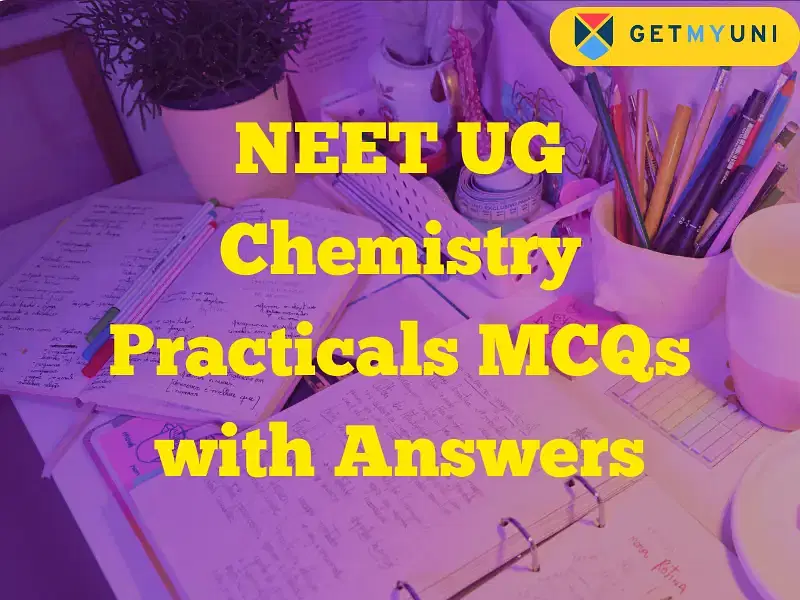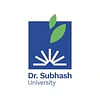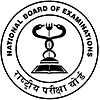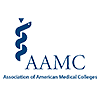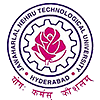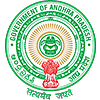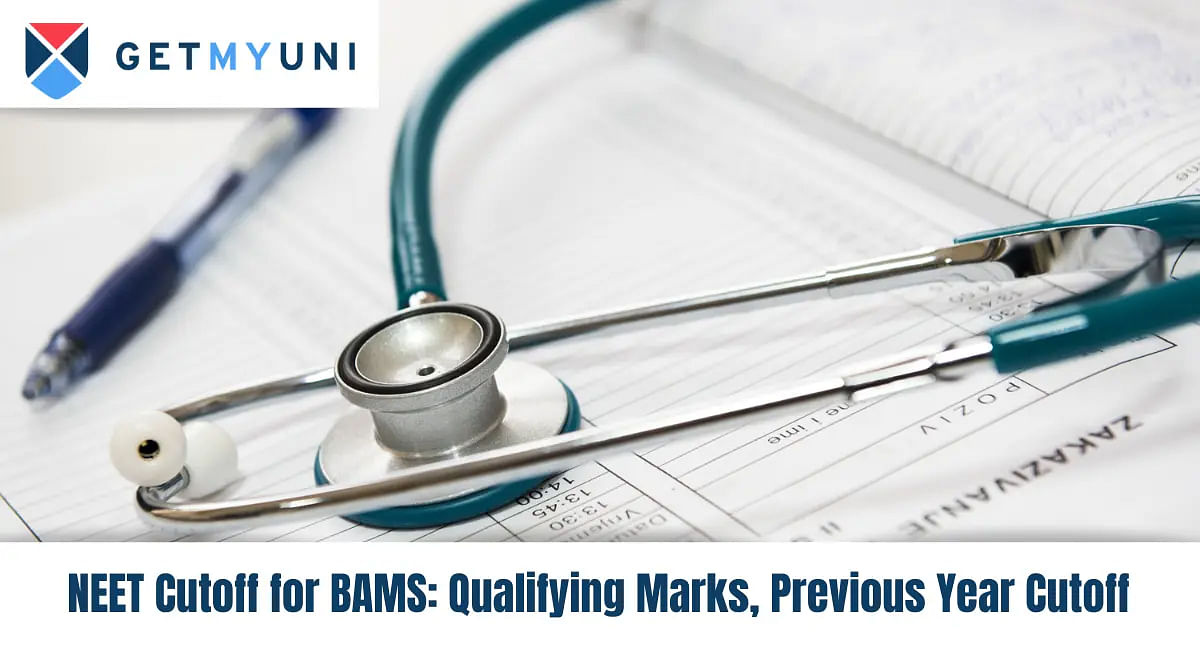Download free NEET UG Chemistry Practicals MCQs in PDF format with Solutions, Access chapter wise multiple choice questions for Chemistry
The NEET UG (National Eligibility cum Entrance Test for Under graduate) is one of the most competitive exams for aspiring medical students in India. Chemistry, a significant part of this exam, covers both theoretical and practical aspects.
Practical-based questions are integral, as they assess students' understanding of laboratory experiments, observational skills, and chemical reactions.
In this article, we’ll discuss the importance of NEET UG Chemistry practicals MCQs with answers and detailed explanations. These questions are specifically tailored to cover essential topics in NEET UG Chemistry practicals and help students practice effectively.
Why Chemistry Practicals Matter in NEET UG
Chemistry practicals form a bridge between theory and real-world application. They help students grasp how chemical reactions occur, how to analyze compounds, and how to safely conduct experiments in a laboratory setting.
The NEET UG often includes questions that evaluate a student’s ability to understand experiments like titrations, gas preparation, qualitative analysis of organic compounds, and electrochemical reactions.
Some of the most important areas of NEET UG Chemistry practicals include:
- Volumetric Analysis: Titration experiments where students determine concentrations of unknown solutions.
- Gas Preparation and Analysis: Learning the properties of gases such as oxygen, hydrogen, and carbon dioxide.
- Qualitative Analysis: Identifying unknown organic and inorganic compounds using specific chemical tests.
- Functional Group Detection: Recognizing functional groups in organic molecules, such as aldehydes, ketones, and alcohols.
- Physical Chemistry Experiments: Experiments related to thermodynamics, electrochemistry, and colligative properties.
Also Read: NEET Chemistry Chapter Wise Weightage 2025
Sample MCQs for NEET UG Chemistry Practicals
Let’s explore a series of MCQs that may appear in NEET UG Chemistry practicals, followed by explanations.
MCQ 1: Acid-Base Titration
What is the most suitable indicator for titrating a strong acid with a strong base?
a) Methyl orange
b) Phenolphthalein
c) Bromothymol blue
d) Litmus
Answer: b) Phenolphthalein
Explanation: In titration experiments involving strong acids and strong bases, phenolphthalein is widely used because it changes colour in a pH range of approximately 8.3 to 10. In these types of reactions, the equivalence point is usually around neutral pH, making phenolphthalein an ideal indicator, as it turns from colourless to pink when the solution becomes basic.
MCQ 2: Identification of Gases
Which gas turns lime water milky?
a) Hydrogen
b) Ammonia
c) Carbon dioxide
d) Nitrogen
Answer: c) Carbon dioxide
Explanation: When carbon dioxide is bubbled through lime water (a solution of calcium hydroxide), it reacts to form calcium carbonate, which is insoluble and appears as a milky white precipitate. This is a classic experiment used to identify the presence of CO₂.
MCQ 3: Qualitative Analysis
Which reagent is used to confirm the presence of chloride ions in a solution?
a) Silver nitrate solution
b) Barium chloride solution
c) Ammonium thiocyanate
d) Potassium dichromate
Answer: a) Silver nitrate solution
Explanation: In qualitative analysis, silver nitrate (AgNO₃) is commonly used to test for the presence of chloride ions (Cl⁻). When a few drops of silver nitrate are added to a solution containing chloride ions, a white precipitate of silver chloride (AgCl) forms, confirming the presence of chloride.
MCQ 4: Gas Preparation – Hydrogen
What is the best method to prepare hydrogen gas in the laboratory?
a) Reaction of zinc with dilute hydrochloric acid
b) Decomposition of hydrogen peroxide
c) Electrolysis of water
d) Burning magnesium in steam
Answer: a) Reaction of zinc with dilute hydrochloric acid
Explanation: Hydrogen gas can be easily prepared in the lab by reacting zinc metal with dilute hydrochloric acid (HCl). The reaction produces hydrogen gas and zinc chloride (ZnCl₂) as the by-product. The reaction is straightforward, and hydrogen can be collected over water.
MCQ 5: Detection of Functional Groups
Which test is used to detect the presence of the aldehyde group in an organic compound?
a) Tollen’s test
b) Fehling’s test
c) Iodoform test
d) Bromine water test
Answer: a) Tollen’s test
Explanation: Tollen’s reagent, which contains ammoniacal silver nitrate, is used to detect the presence of aldehyde groups.
When an aldehyde is present, it reduces the silver ions to metallic silver, forming a shiny "silver mirror" on the walls of the test tube. Ketones do not typically give a positive result in this test.
Also Read: NEET Chemistry Question Paper 2023, 2022, 2021
Key Experiments in NEET UG Chemistry Practicals
Practical experiments are a core part of the NEET Chemistry syllabus. Below are some of the most commonly tested experiments:
Volumetric Analysis (Titration)
One of the most frequent types of practical questions involves titration, where students are expected to calculate the concentration of an unknown solution by neutralizing it with a known volume of titrant.
Example Question:
In a titration experiment, 25 mL of 0.1 M NaOH solution neutralizes 20 mL of an HCl solution. What is the molarity of the HCl solution?
Solution: Since NaOH and HCl react in a 1:1 molar ratio, we can use the formula:
M1 * V1 = M2 * V2
Where:
M₁ = molarity of NaOH = 0.1 M
V₁ = volume of NaOH = 25 mL
M₂ = molarity of HCl = ?
V₂ = volume of HCl = 20 mL
0.1 *25 = M2 *20
M2 = 0.1 * 25/20= 0.125 M
Thus, the molarity of the HCl solution is 0.125 M.
Gas Preparation
The preparation of gases such as oxygen, hydrogen, and carbon dioxide is crucial. These questions often require students to know both the method and the chemical reaction that occurs.
Example Question:
Which gas is produced by the reaction of marble chips (calcium carbonate) with dilute hydrochloric acid?
Answer: Carbon dioxide (CO₂)
Explanation: Calcium carbonate reacts with hydrochloric acid to produce carbon dioxide gas, water, and calcium chloride as follows:
CaCO3 (s) + 2HCl (aq) → CaCl2 (aq) + CO2 (g) + H2O (l)
Safety in Chemistry Practicals
Safety is paramount in the chemistry lab. NEET UG can include questions regarding proper lab procedures and safety protocols, which are essential for conducting experiments without causing harm.
MCQ 6: Lab Safety
Which of the following is NOT a recommended safety practice in the laboratory?
a) Wearing gloves while handling acids
b) Eating food inside the laboratory
c) Using a fume hood for volatile chemicals
d) Wearing safety goggles
Answer: b) Eating food inside the laboratory
Explanation: It is dangerous to eat or drink inside a chemistry laboratory due to the potential risk of ingesting hazardous chemicals. Always follow safety rules like wearing goggles, gloves, and using fume hoods.
Also Read: Updated NEET Chemistry Syllabus, Newly Added and Deleted Topics
The NEET UG Chemistry practical section is crucial for understanding the application of theoretical concepts in a laboratory setting. By practicing MCQs and learning about key experiments, students can enhance their preparation and perform well in the exam.
Understanding the concepts behind each experiment, like titrations, gas preparation, and functional group identification, will not only help in NEET but also strengthen a student’s overall chemistry knowledge.

